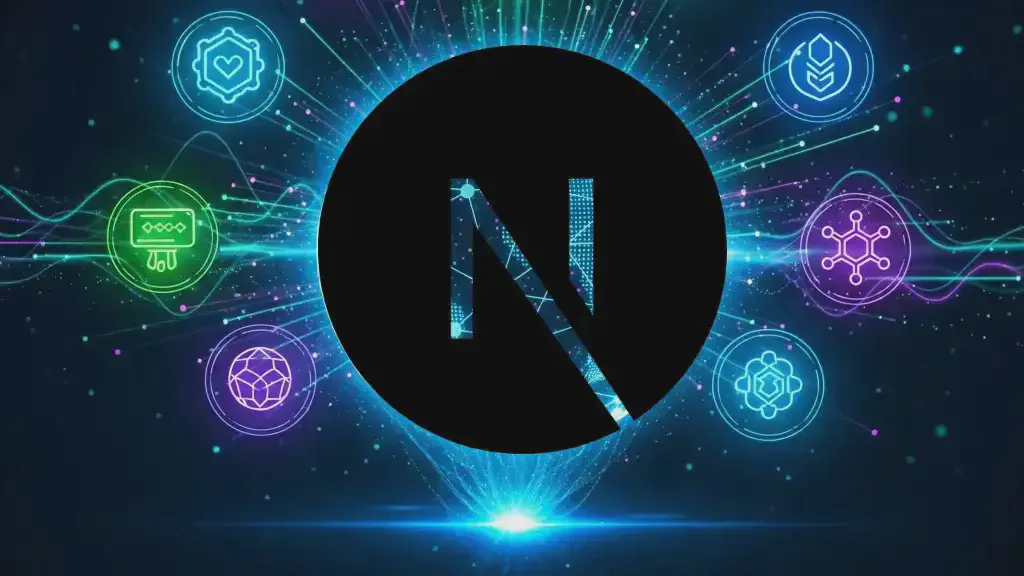Short version: if you’re building AI-driven experiences in 2025, you need a framework that combines edge performance, streaming user experiences, server/runtime flexibility, and an exceptional developer experience. Next.js nails all of those. This article explains how — with practical examples, SEO signals, and a roadmap for teams migrating to an AI-first web.
TL;DR: The elevator pitch
Next.js is the best choice for modern web apps in 2025 because it unifies client and server, runs at the edge, supports streaming and React Server Components, and accelerates developer iteration. These capabilities align perfectly with the demands of AI-powered products: low-latency inference, progressive UX, personalization, and rapid experimentation.
1. What changed: why AI rewires frontend requirements
AI changes not just what we build, but how the web must behave:
- Latency matters more: Users expect near-instant model responses and interactive assistants.
- Streaming content: LLMs produce incremental output—UI must support partial rendering and progressive hydration.
- Per-user personalization: Dynamic, session-scoped responses require logic close to the user.
- Security & privacy: Sensitive inference happens server-side or in secure edge runtimes.
2. Next.js features that map directly to AI needs
Let’s match the AI requirements to Next.js capabilities.
Edge runtime & serverless deployment
Next.js runs on edge functions (Vercel Edge, Cloudflare Workers, custom edge platforms). Edge deployment reduces RTT for inference requests and is ideal for delivering personalized AI responses globally.
Streaming + React Server Components + Suspense
For AI assistants and content generation, streaming is everything. Next.js supports streaming server rendering and React Suspense, enabling UI that renders partial answers immediately and updates as the LLM streams — giving users the familiar typing/progressive experience they expect from modern chat UIs.
Server Actions & App Router (full-stack ergonomics)
Server Actions simplify calling server code (and LLMs) directly from the UI without wiring complex API layers. Coupled with the App Router, you get predictable routing, co-located server logic, and fewer bugs — faster iteration for AI features.
Static + Dynamic hybrid rendering (SEO + personalization)
Next.js supports SSG for SEO-critical pages and SSR/ISR/edge for dynamic, personalized experiences. That means search engines can crawl static content while users still get tailored AI-powered sections.
3. Developer velocity — the real product multiplier
AI projects are experiments. Product teams need to iterate fast. Next.js reduces friction with:
- File-based routing and conventions that reduce boilerplate.
- First-class TypeScript support and standardized patterns.
- Out-of-the-box optimizations (Image, font loading, automatic code splitting).
Faster iteration = faster model tuning, A/B testing, and improvements to prompt/chain logic, a direct competitive advantage for AI startups.
4. Practical patterns: how a Next.js + AI stack looks in 2025
Here are pragmatic building blocks you’ll see across production AI apps:
- Edge inference proxies: Edge functions that authenticate users, forward requests to model endpoints, and return streaming tokens.
- Server Components for heavy lifting: Use server components to call LLMs or embed vector-search results, keeping private keys and CPUs off the client.
- Middleware for personalization: Set user cohort headers at the edge and route experiments without touching client code.
5. SEO & discoverability: yes, AI sites can still win organic traffic
Search engines still prefer fast, crawlable content. Next.js lets you:
- Pre-render marketing pages for SEO with SSG.
- Render dynamic AI content server-side when it matters for indexing.
- Serve canonical content and structured data (JSON-LD) easily.
6. Risks & migration considerations
Next.js isn’t a silver bullet. Watch for:
- Vendor lock-in risk: File conventions and platform-specific features can make migrations harder. Keep core logic decoupled and test on multiple runtimes.
- Cold starts & cost: Serverless functions can be costly at scale. Use edge runtimes and provisioned capacities where needed.
- Security: Treat all inference paths as potential attack surfaces: validate inputs, rate-limit, and audit usage.
7. A migration roadmap (quick wins)
- Start by moving server-rendered marketing pages to Next.js SSG to gain performance and SEO wins.
- Co-locate AI server logic using Server Actions or API routes; keep secrets on server only.
- Prototype an edge function for a small inference route to measure latency improvements.
- Introduce streaming UI components for chat and content generation using Suspense and incremental rendering.
Conclusion, should you bet on Next.js in 2025?
If your product relies on AI for user experience ... conversational agents, personalized feeds, real-time recommendations, Next.js should be on your short list. It provides the right blend of performance, developer productivity, and runtime flexibility to build scalable AI-driven web apps in 2025.
